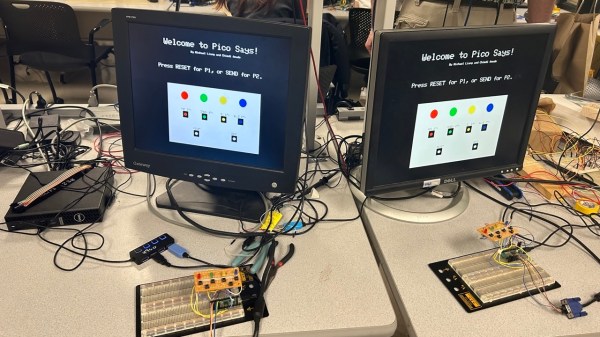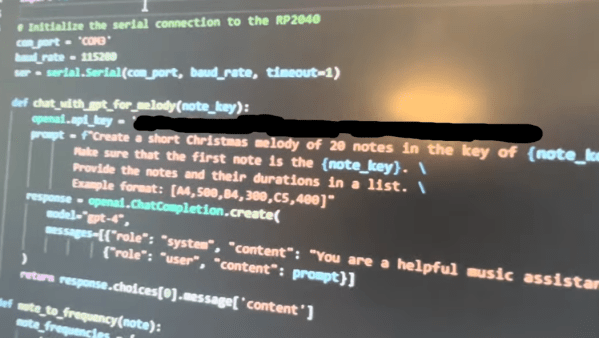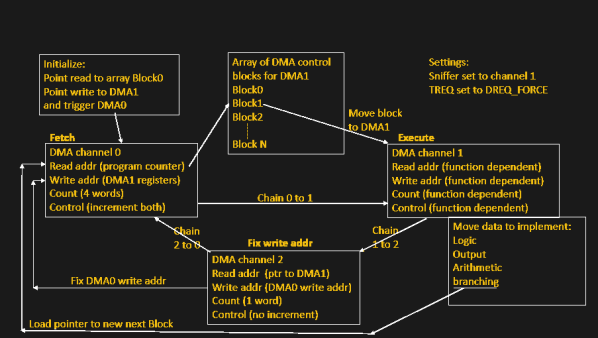In Greek mythology, Sisyphus was a figure who was doomed to roll a boulder for eternity as a punishment from the gods. Inspired by this, [Aidan], [Jorge], and [Henry] decided to build a sand-drawing table that endlessly traces out beautiful patterns (or at least, for as long as power is applied). You can watch it go in the video below.
The project was undertaken as part of the trio’s work for the ECE4760 class at Cornell. A Raspberry Pi Pico runs the show, using TMC2209 drivers to command a pair of NEMA17 stepper motors to drag a magnet around beneath the sand. The build is based around a polar coordinate system, with one stepper motor rotating an arm under the table, and another panning the magnet back and forth along its length. This setup is well-suited to the round sand pit on top of the table, made with a laser-cut wooden ring affixed to a thick base plate.
The trio does a great job explaining the hardware and software decisions made, as well as showing off how everything works in great detail. If you desire to build a sand table of your own, you would do well to start here. Or, you could explore some of the many other sand table projects we’ve featured over the years.


















